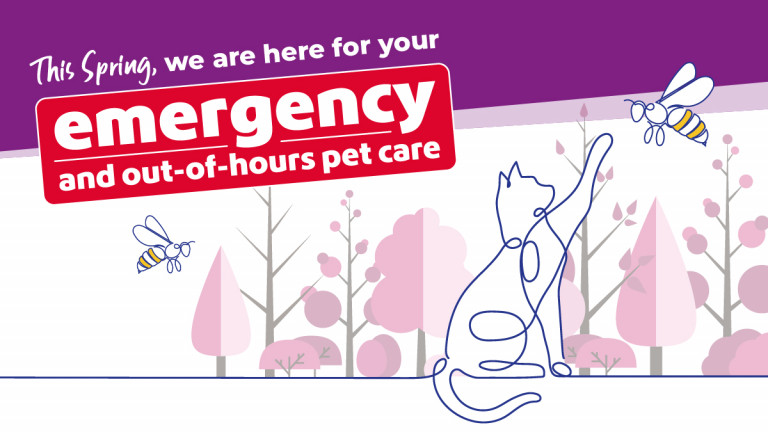Do you need help?
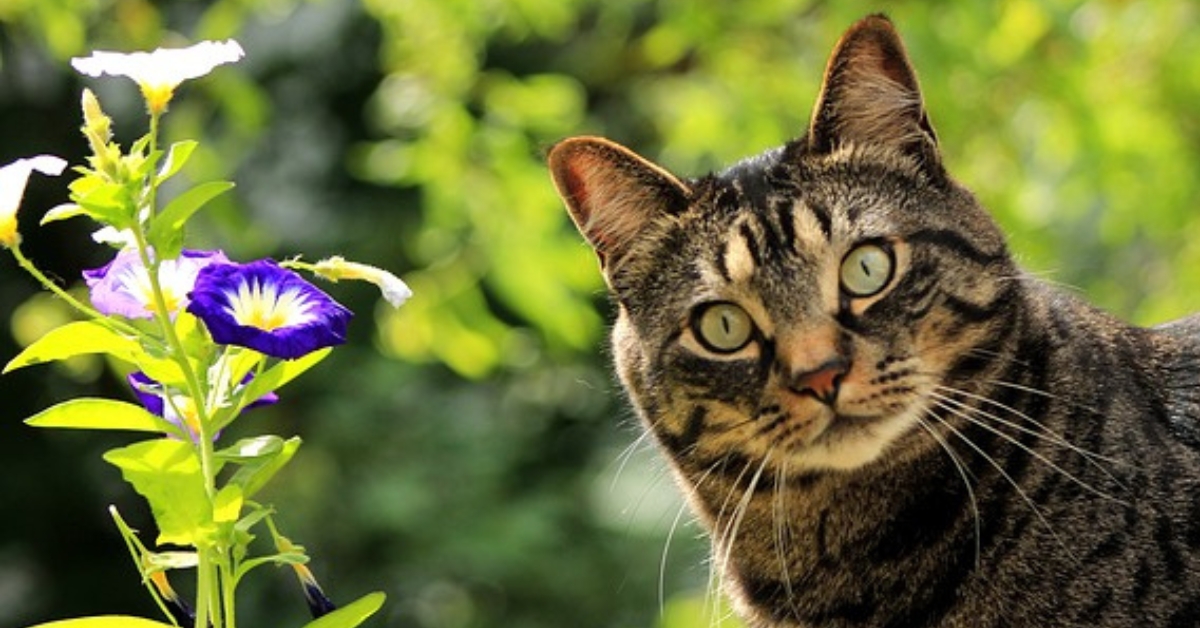
Understanding the risks of plants poisonous for cats
British consumers spend billions on flowers and indoor plants each year, but many may not know that some common varieties can be toxic to cats.
If you own a cat, it’s important to know which flowers to avoid in order to keep your feline friend safe. With Mother’s Day approaching, flower bouquets are likely to be a popular gift. If you’re purchasing flowers for a cat owner, be sure to select ones that won’t endanger their cat.
The toxicity of plants and flowers varies, as does the severity of symptoms based on the type and the amount ingested. For example, lilies are extremely toxic to cats and can cause severe kidney damage. Other plants, such as tulips and daffodils, may lead to symptoms like vomiting and diarrhoea.
If you suspect your cat has ingested harmful plants or flowers, contact your veterinarian immediately or your nearest Vets Now pet emergency clinic or 24/7 hospital for urgent care.
- Lilies
- Amaryllis
- Daffodils
- Tulips
- Chrysanthemums
- Hyacinths
- Gladioli and iris
- Cyclamen
- Widow’s thrill
- Foxglove
- Crocus
1. Lilies
Certain lilies, such as Asiatic, Day, Easter, Japanese Show, and Tiger lilies, are highly toxic to cats. Even lily pollen can be dangerous if ingested during grooming. Just a few leaves or water from a vase containing these flowers can be fatal.
If you suspect your cat has ingested or licked a lily, seek urgent veterinary help. Treatment may include induced vomiting, intravenous fluids, and activated charcoal for gastrointestinal decontamination.

2. Amaryllis
Amaryllis aren’t just a popular gift, they’re also a poisonous one. The stalks, flowers and bulbs contain phenanthridine alkaloids, which are toxic to cats. The highest proportion is in the bulbs.
Eating amaryllis can cause vomiting, changes in blood pressure, tremors, and seizures. The yellow flowers contain a poisonous substance called lycorine, which can trigger vomiting.
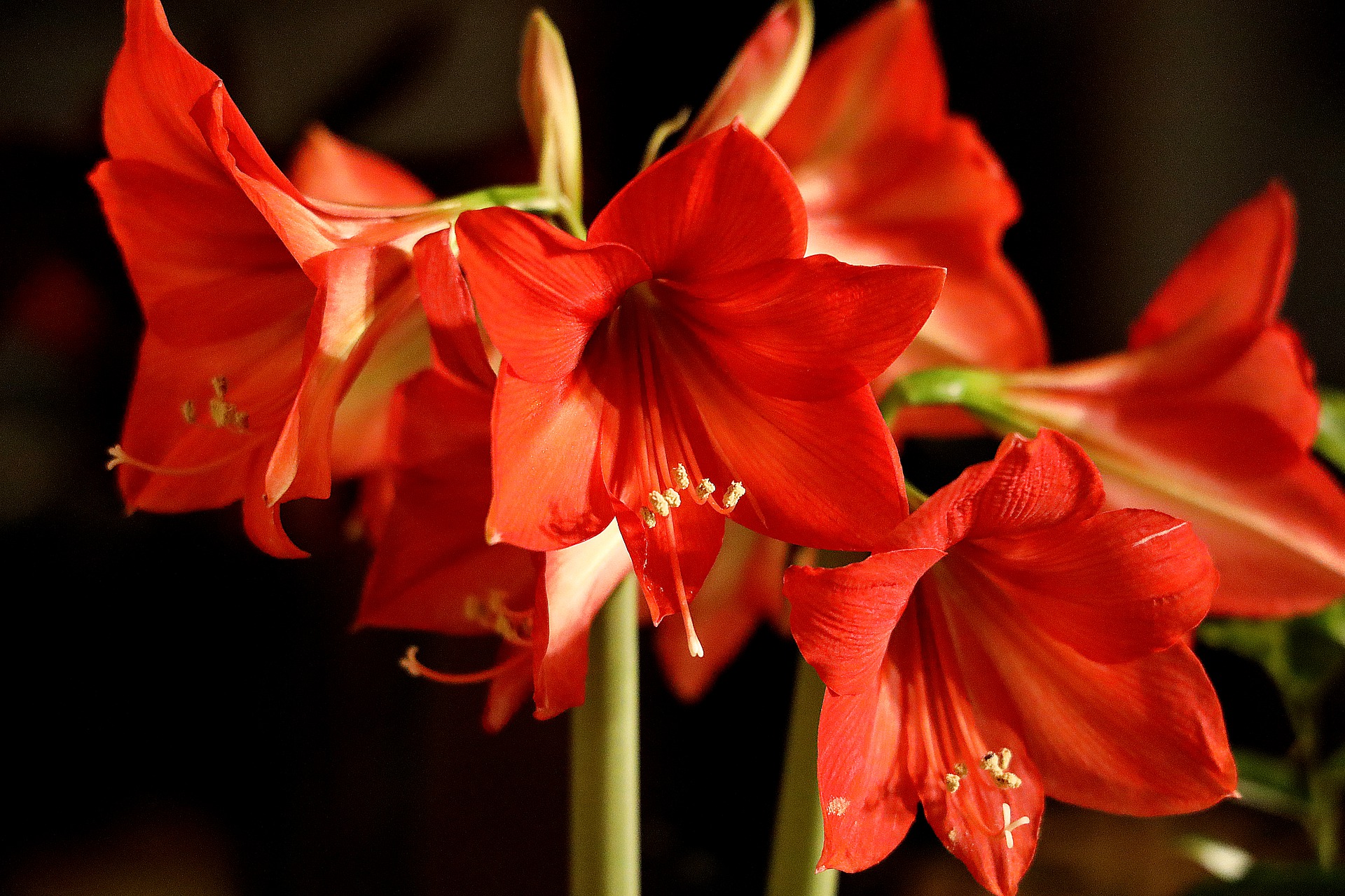
3. Daffodils
Many plants are synonymous with spring, including daffodils, but the yellow flowers contain a poisonous alkaloid that can trigger vomiting.
At the same time, crystals in the bulbs are severely toxic and can cause serious conditions such as cardiac arrhythmias or respiratory depression.
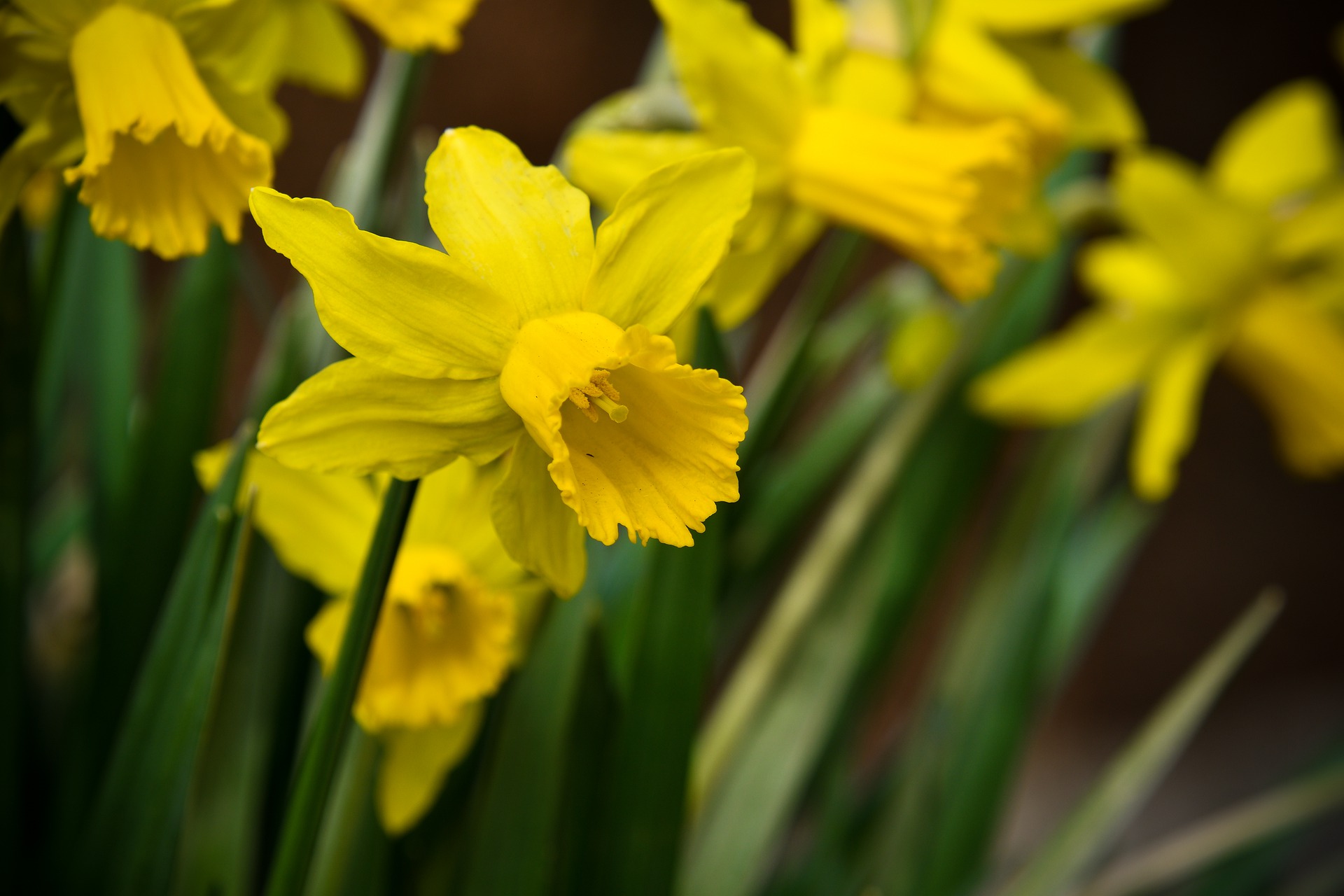
4. Tulips
Behind the rose, the tulip is the country’s most popular cut flower, but unfortunately, tulips are considered dangerous plants for cats.
The bulbs are the most toxic part, but any part of the plant can harm your cat, so all tulips should be kept away. They contain allergenic lactones, which, if swallowed, can lead to vomiting, diarrhoea and depression.

5. Chrysanthemums
Although only mildly toxic, chrysanthemums contain pyrethrins, which are used in dog flea and tick medications and are particularly poisonous to cats.
If your cat has ingested this toxic plant, look out for vomiting, diarrhoea and lack of appetite and seek advice from your vet.

6. Hyacinths
Belonging to the Liliaceae family, the highest concentration of poison in hyacinths is in the bulbs.
Depending on the number consumed, eating a hyacinth bulb can lead to drooling, vomiting, or diarrhoea.
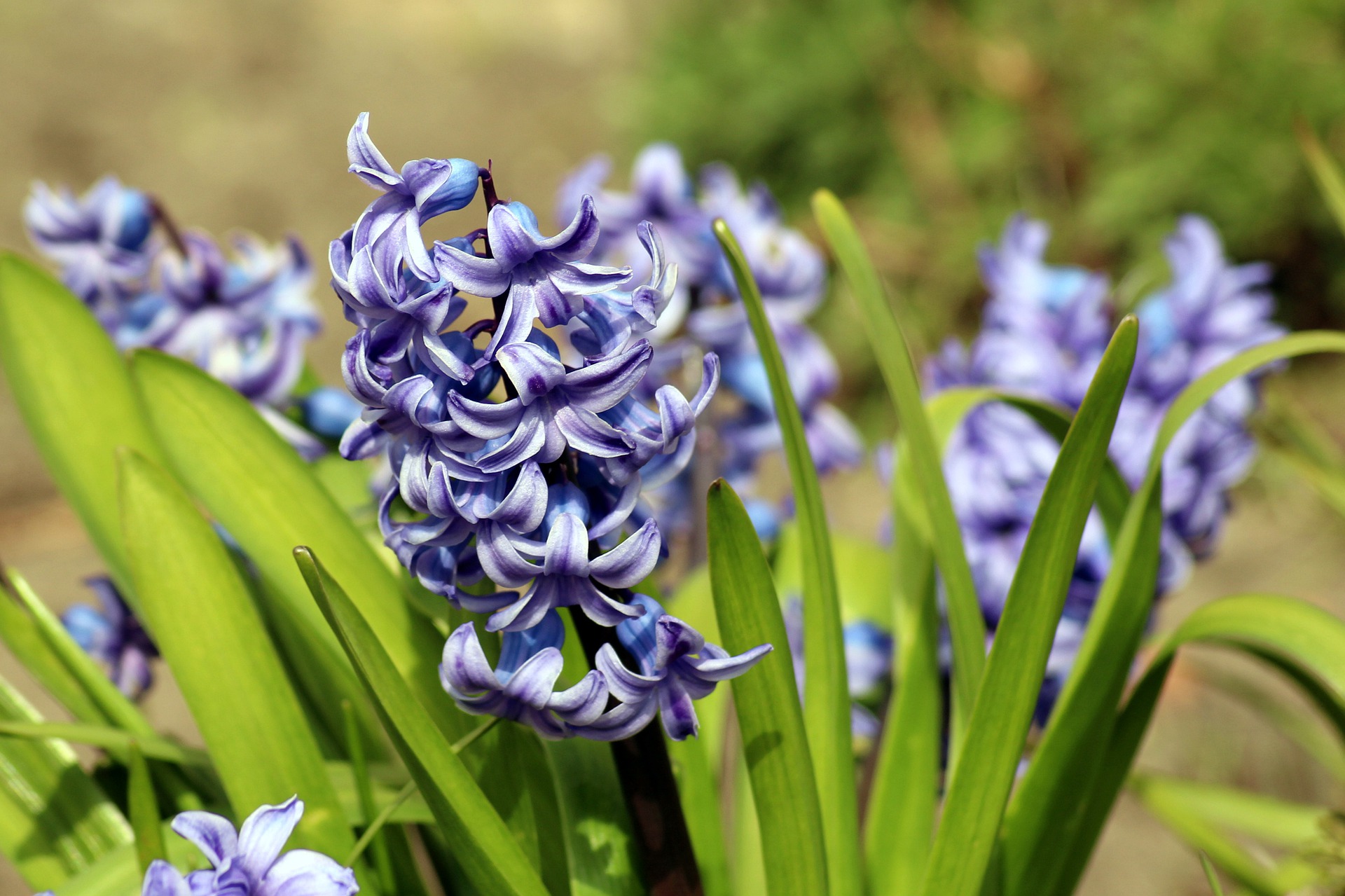
7. Gladioli and Iris
‘Are gladioli poisonous to cats?’ is one of our vets’s most commonly asked questions. Both of these flowers belong to the Iridaceae family and are considered a dangerous plant for cats.
They can cause irritation when eaten. Like many popular spring flowers, the most toxic part is the bulb.
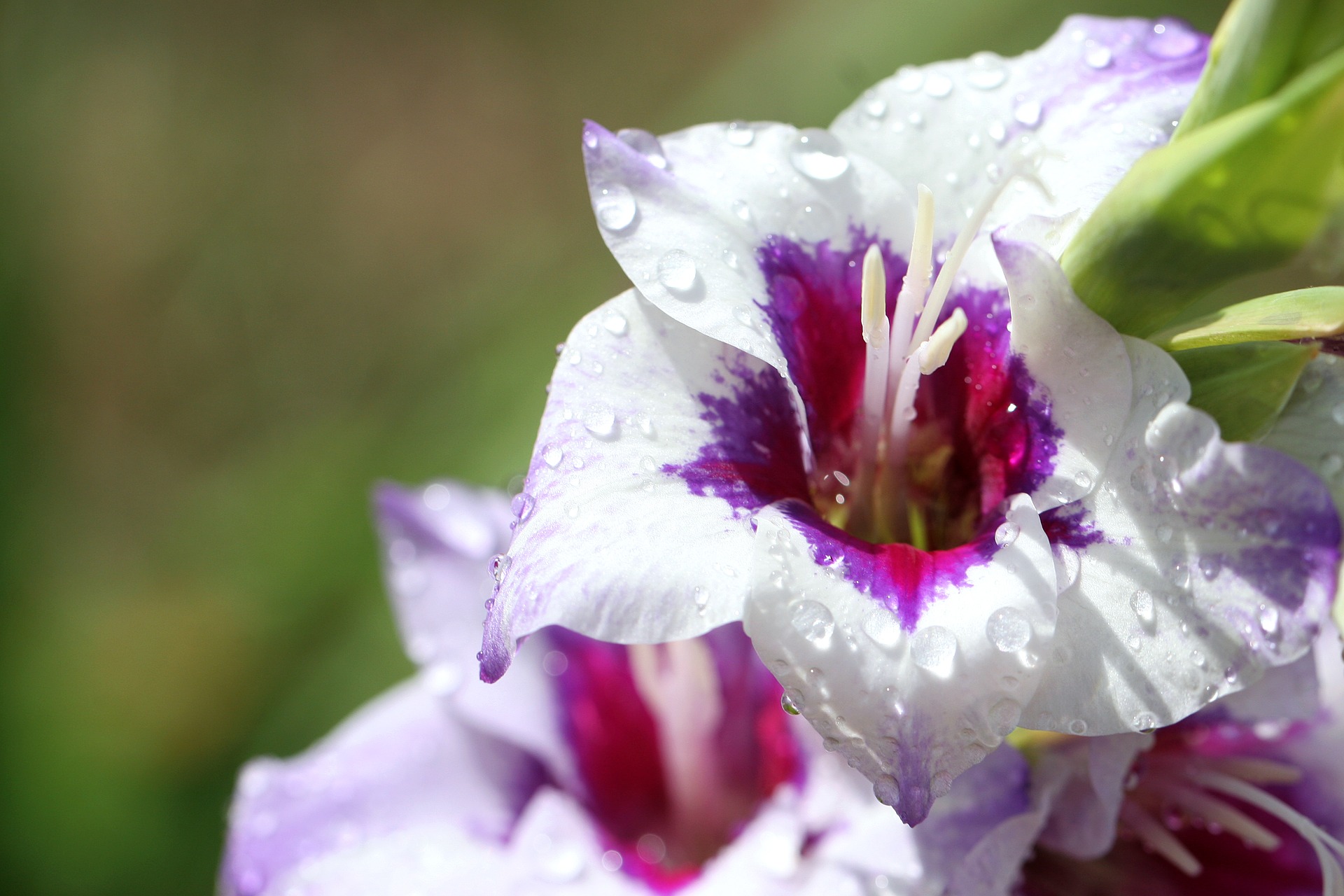
8. Cyclamen
A popular houseplant prevalent in Mediterranean countries, cyclamen contains irritating saponins.
Eating the plant can lead to sickness, diarrhoea, and potentially even heart failure if ingested in large enough quantities.
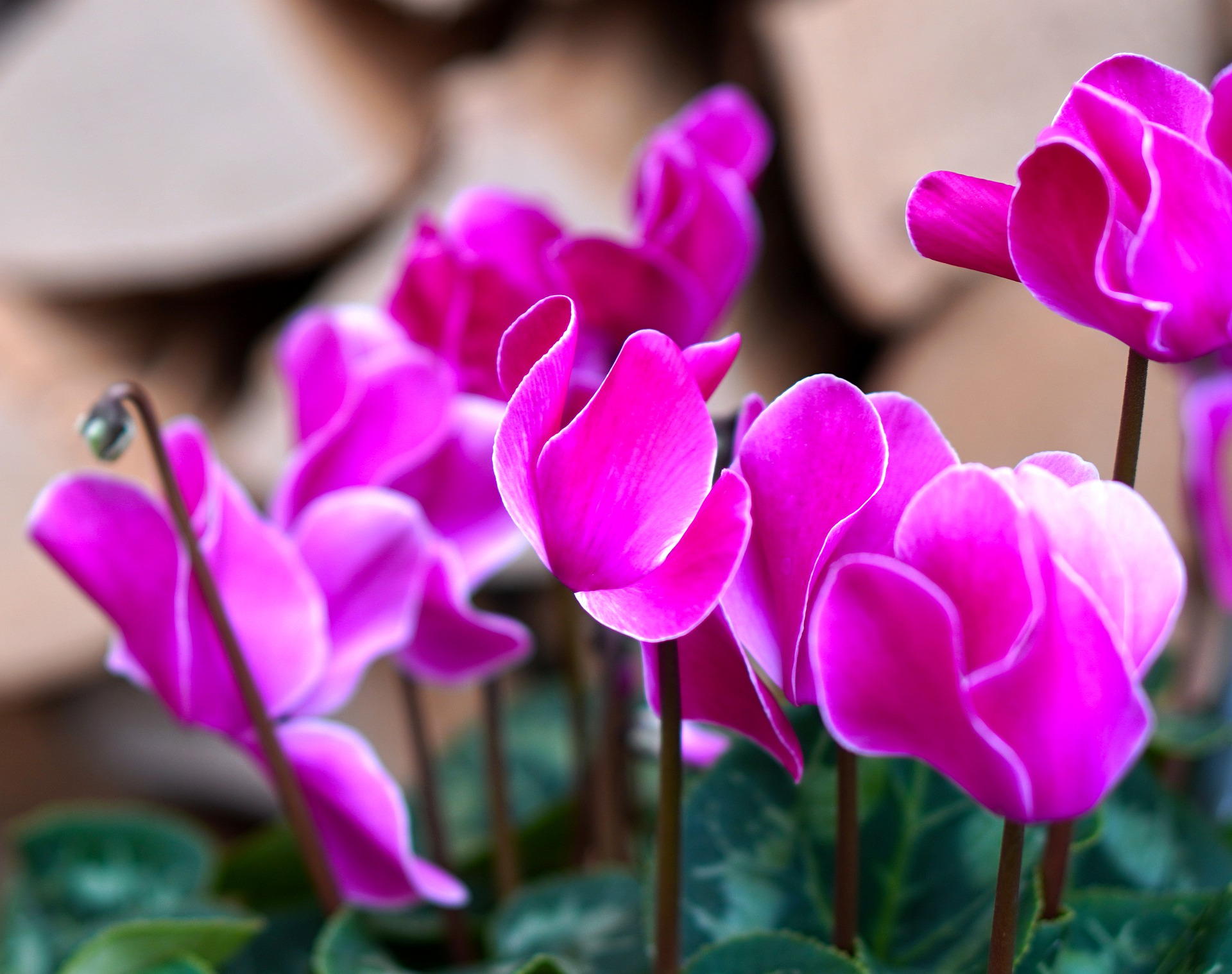
9. Widow's thrill
Kalanchoe, or widow’s thrill, is toxic to cats and may cause them to experience vomiting and diarrhoea.
The toxins in kalanchoe have also been known to cause abnormal heart rhythms.
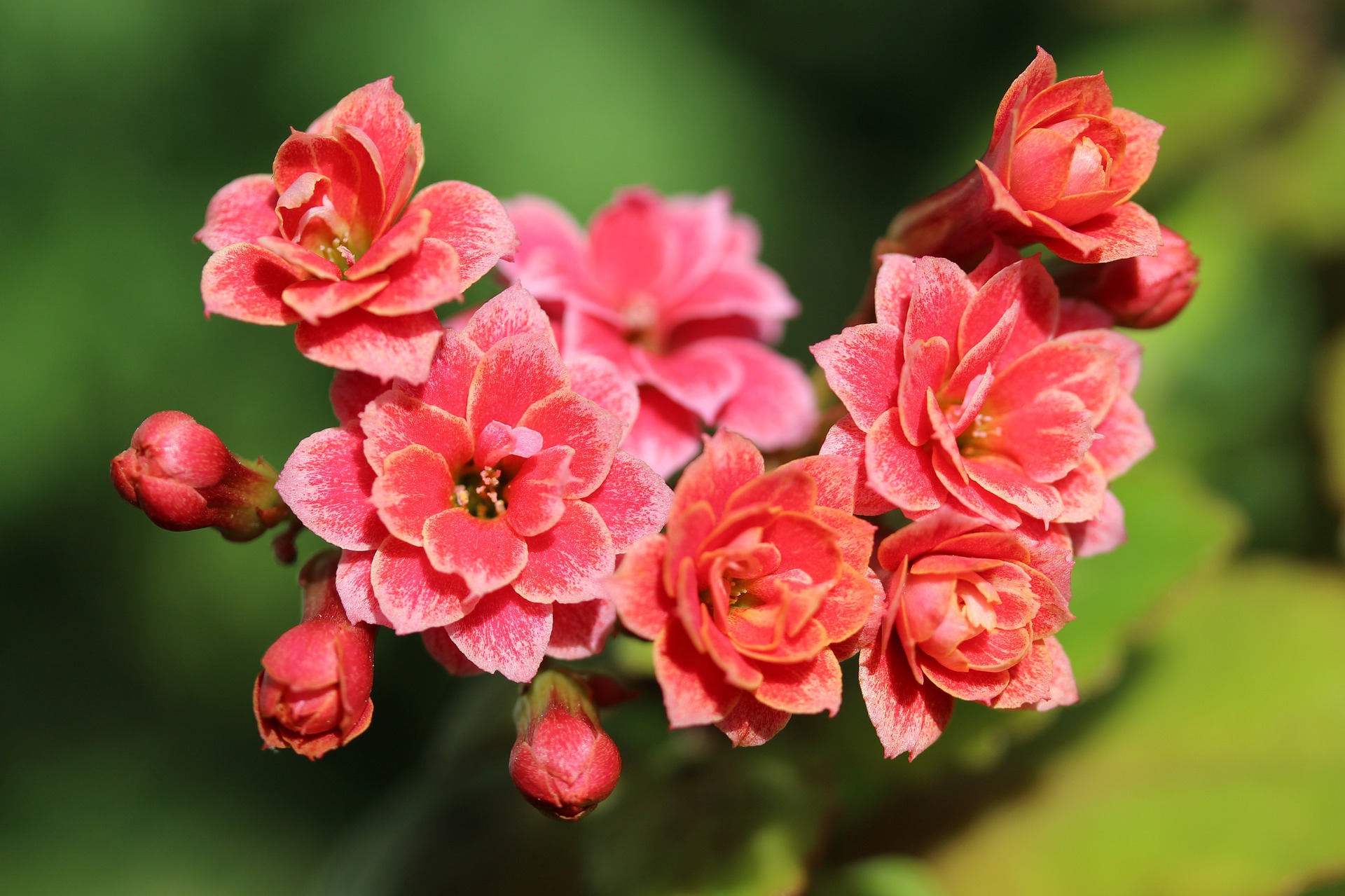
10. Foxglove
While its trumpet-like blossoms are very beautiful, Foxglove is poisonous to dogs, cats, and even humans.
Foxglove contains naturally occurring poisons that affect the heart.
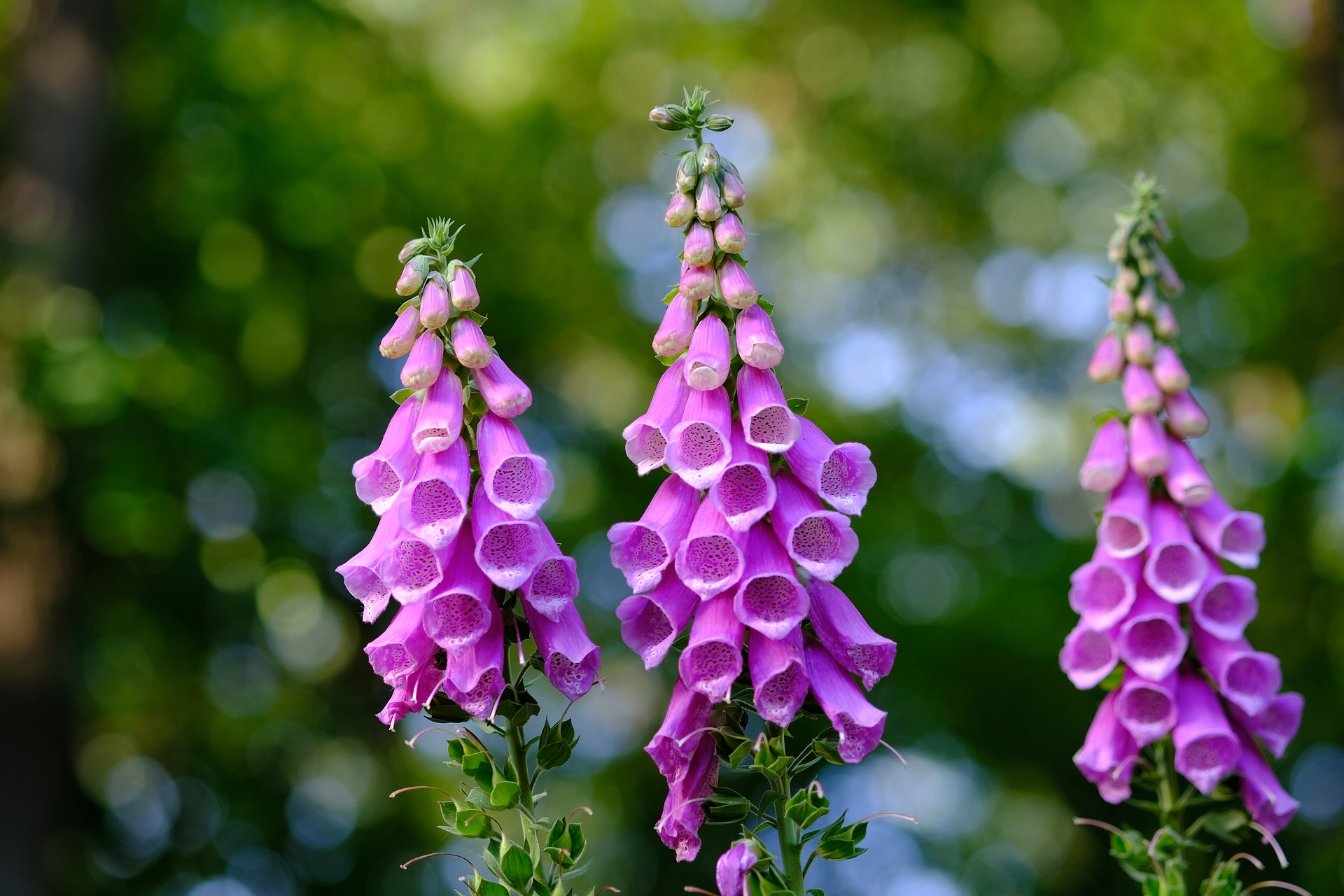
11. Crocus
Both spring and autumn crocus plants are toxic to cats. Ingesting spring crocus can lead to gastrointestinal issues like vomiting and diarrhea.
Autumn crocus is highly toxic as all parts of the plant can cause severe symptoms, including vomiting, bloody diarrhea, organ damage, respiratory failure, seizures, and even death. Symptoms may appear immediately or take days to manifest.

Visit our Spring hub
As the days get longer and nature bursts back into life, spring is the perfect time to enjoy more adventures with your pet.
But with seasonal hazards such as bee stings, and toxic flowers - it’s so important to stay prepared.
Explore our hub to learn about possible hazards and how to keep your pet safe and healthy.
